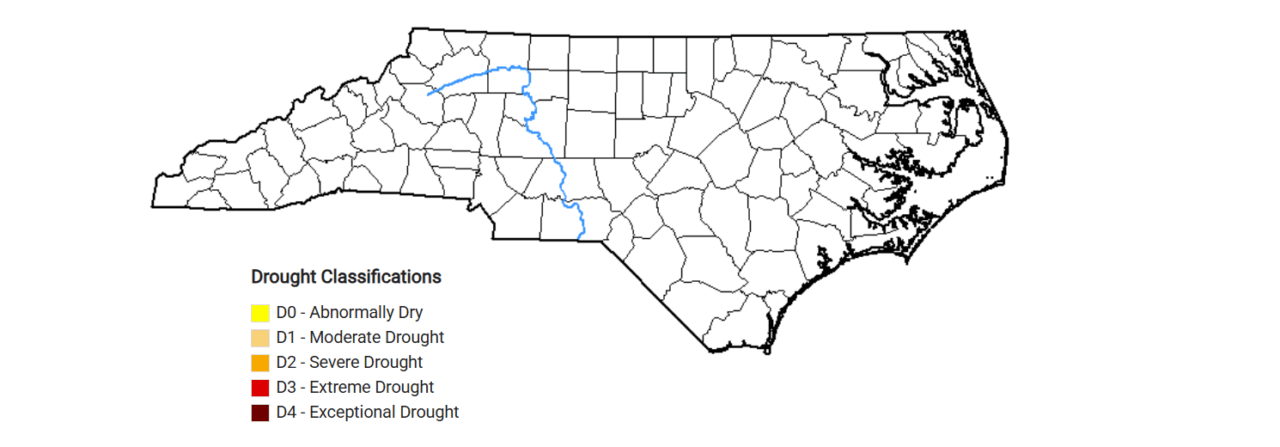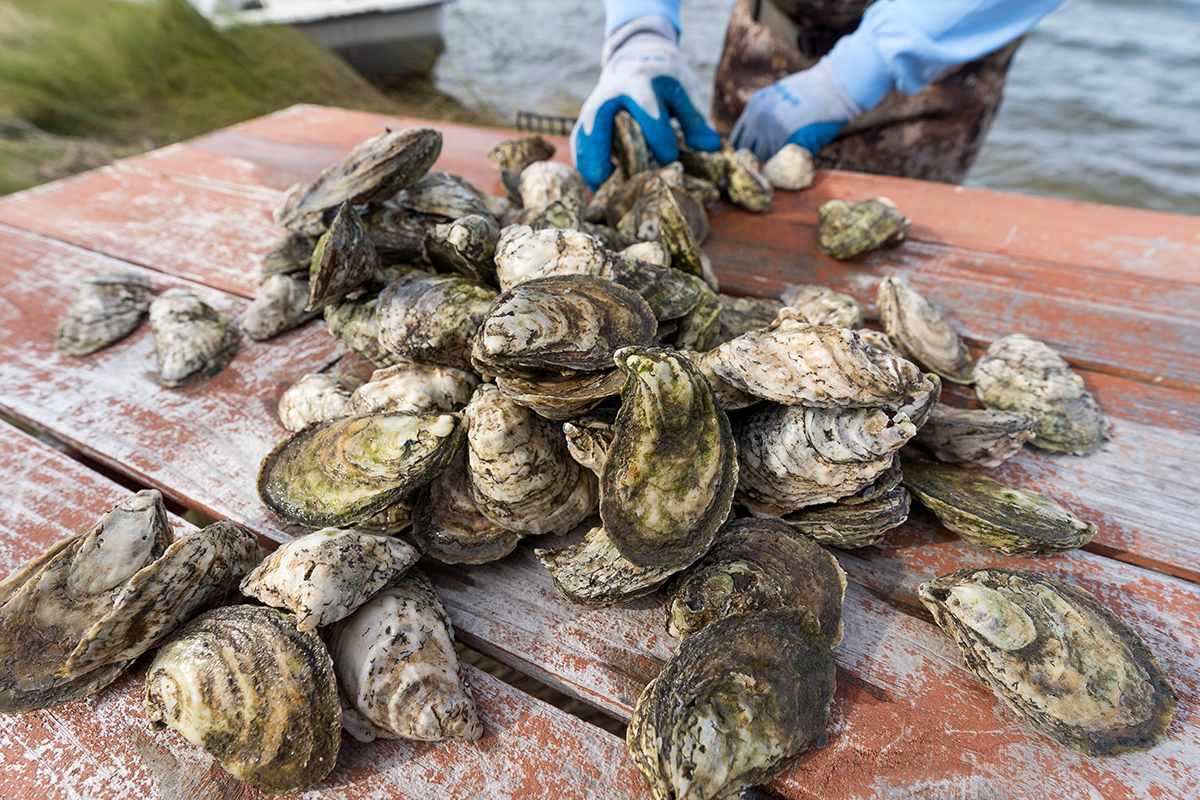
For the first time in eight months, North Carolina is drought-free.
In its latest advisory issued Thursday, the North Carolina Drought Management Advisory Council, or DMAC, announced that the state is, for the first time since Oct. 15, 2024, free of drought or abnormally dry conditions.
Supporter Spotlight
“Due (to) the drought’s timing in winter and spring, impacts were limited, since it occurred at a time when water demands are typically lower,” Klaus Albertin, chair of the DMAC, said in a release. “Reservoir operators were able to control releases to keep water levels near target. There were some limited report impacts to agriculture. We did see an active wildfire season amid the drought and dry conditions.”
Though much of the state has experienced dry conditions since last fall, the coastal plain has suffered the largest rainfall deficits. Wilmington, for example, had a near 15-inch rainfall deficit compared to the 30-year average for that same amount of time, between October of last year and mid-April, according to the North Carolina State Climate Office.
Despite the drought, eastern North Carolina was hit with a band of storms that brought significant rain and localized flooding to the area. A number of heavy rain events this month already have put Elizabeth City on pace for its wettest June on record, according to the state Climate Office.
A total of 6.52 inches of rain had fallen on the city as of June 17. Greenville had a total of 6.71 inches of rain between June 15-16, making it that city’s wettest two-day period since Hurricane Florence in 2018.
“The dryness that began in October of 2024 began tapering off in March and regular, sometimes heavy, rain since then has brought streamflow, reservoir levels, and soil conditions back to normal,” Albertin said in the release. “We shifted out of the La Niña pattern, which allowed regular cold fronts to come through, along with heavy rains.”
Supporter Spotlight
The DMAC updates the drought map every Thursday. The council is made up of drought experts from different government agencies in North Carolina, South Carolina and Virginia, and it is organized by the N. C. Department of Environmental Quality’s Division of Water Resources.
DMAC members meet weekly and submit their drought condition recommendations to the national Oceanic and Atmospheric Administration, U.S. Department of Agriculture and the National Drought Mitigation Center. The Thursday updates, which are based on conditions through the previous Tuesday, are provided to the U.S. Drought Monitor, a map of drought conditions throughout the nation.







